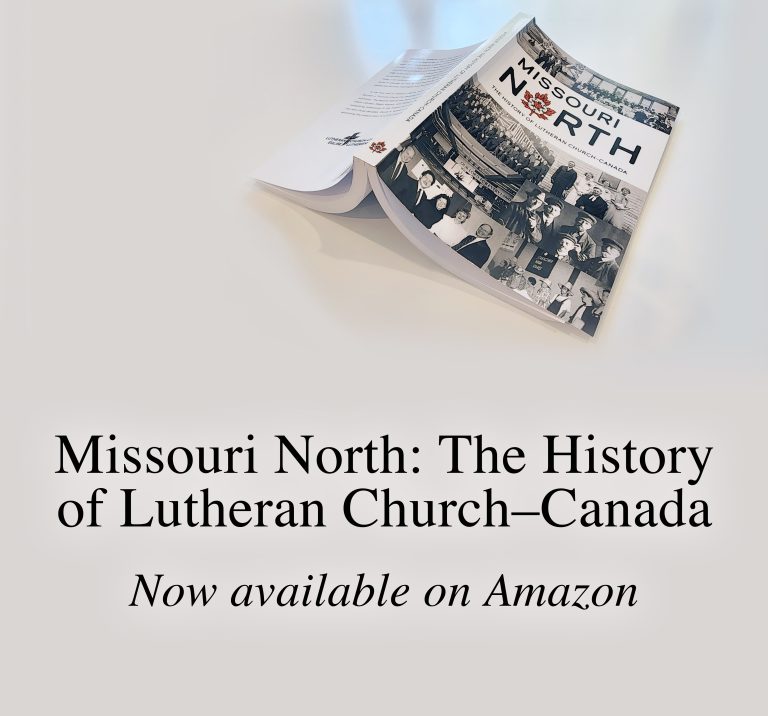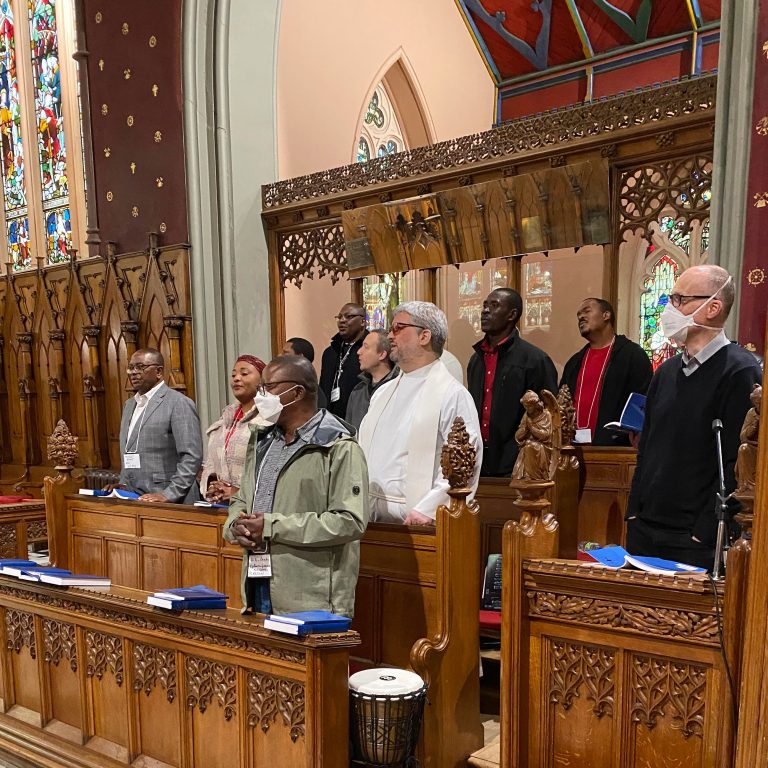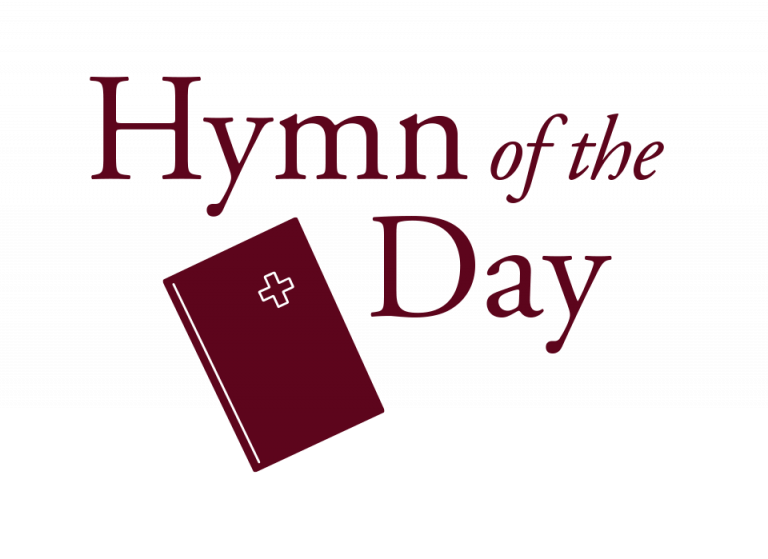God in the Flesh: The meaning of Christmas
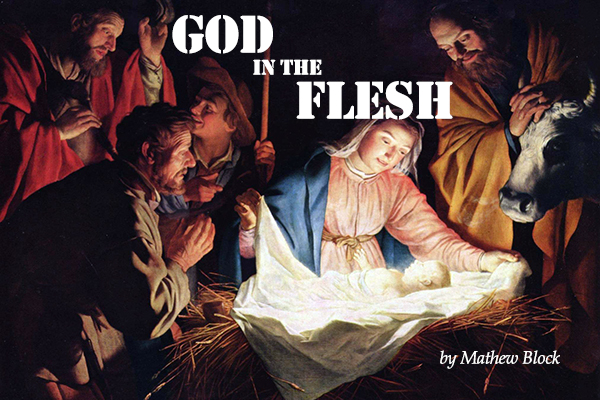
by Mathew Block
When it comes to Christmas, the picture of the baby Jesus asleep in a manger is etched in our cultural consciousness. We imagine the little Lord Jesus laying down His sweet head in the hay, while stars twinkle away in the sky. How easy it is to forget that this little child is also, in a way beyond our understanding, the God who made the universe. He is the Word who spoke creation into existence (Genesis 1:3 ff; John 1:1-3). And He is the One who continues to sustain creation—the One who holds all things together and gives them being (Colossians 1:17; Acts 17:28).
Of course, we know the story of what happened to that good creation: it was marred when Adam and Eve ate the forbidden fruit. That act of disobedience brought death into the world and separated humanity from their Creator (Genesis 2:17). But even then God did not abandon His creation; He promised to send a Saviour (Genesis 3:15).
But what sort of Saviour could heal an utterly ruined creation? What Saviour could restore the relationship between humanity and God? It could be no mere man for any human born would himself inherit the sinful nature of our first parents Adam and Eve. And yet it must be a man if justice were to be done; humanity had sinned and it was humanity that must pay the price for that sin.
What sort of Saviour could heal an utterly ruined creation? What Saviour could restore the relationship between humanity and God?
Hints of who this Saviour could be would come throughout the Old Testament era, beginning with God’s promise in Genesis. But it was in Bethlehem, two millenia ago, that the promise came to fruition. A virgin was found to be with child. And this was no ordinary child, as an angel explained to Joseph. “That which is conceived in Mary is from the Holy Spirit,” the angel declared. “She will bear a Son, and you shall call His name Jesus, for He will save His people from their sins” (Matthew 1:20-22).
What kind of Saviour could fix a broken creation? Only its Creator. And so God does the impossible: He comes in the Flesh Himself to make things right. “Though He was in the form of God,” St. Paul tells us, Jesus nevertheless “made Himself nothing, taking the form of a servant, being born in the likeness of men” (Philippians 2:6-7). St. John puts it another way: “The Word became flesh and dwelt among us” (John 1:14).
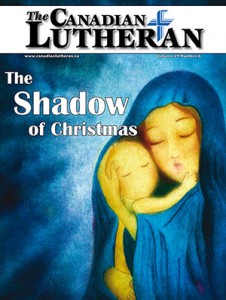 By means of His miraculous conception, Jesus was saved from the effects of original sin—that sinful nature we all inherit from our parents, and they from their parents, and so on all the way back to Adam and Eve. But that doesn’t mean Jesus didn’t face temptation. Scripture is clear that the opposite is true; the devil was hard at work, trying to turn Him from His appointed mission (Matthew 4:1-11; Mark 1:12-13; Luke 4:1-13). Just as Satan was at work in the temptation of Adam and Eve, so too he was at work in the temptation of Jesus. He was “in every respect tempted as we are,” the author of Hebrews writes, “yet without sin” (4:15). But unlike us—unlike Adam and Eve—Jesus did not fall. He lived a truly perfect life.
By means of His miraculous conception, Jesus was saved from the effects of original sin—that sinful nature we all inherit from our parents, and they from their parents, and so on all the way back to Adam and Eve. But that doesn’t mean Jesus didn’t face temptation. Scripture is clear that the opposite is true; the devil was hard at work, trying to turn Him from His appointed mission (Matthew 4:1-11; Mark 1:12-13; Luke 4:1-13). Just as Satan was at work in the temptation of Adam and Eve, so too he was at work in the temptation of Jesus. He was “in every respect tempted as we are,” the author of Hebrews writes, “yet without sin” (4:15). But unlike us—unlike Adam and Eve—Jesus did not fall. He lived a truly perfect life.
The connection between Adam’s failure and Jesus’ success is important to note. The former brought death into the world; but the latter brings life. This is the reason why St. Paul refers to Jesus as a “final Adam” and “Second Man.” While the first brought ruin to creation, this Second Adam brings re-creation. He brings salvation.
Jesus may have been born without sin and lived without sin, but He nevertheless faced the punishment for sin. “The wages of sin is death” (Romans 6:23), Scripture tells us, and Jesus certainly died: “Having been found in human form,” St. Paul writes, “He Humbled himself by becoming obedient to the point of death, even death on a cross” (Philippians 2:8). But it was not His own sin that Jesus bore in death; it was ours. “For our sake, God made Him to be sin who knew no sin, so that in Him we might become the righteousness of God” (2 Corinthians 5:19). Here at the cross Christ takes upon Himself the sins of the whole world and gives us His righteousness in exchange. He dies that we might live. And He rises again that we might live forever with Him. It’s the beginning of a new creation.
Jesus really was a little baby who slept in a manger while stars twinkled overhead in the night sky. But He wasn’t just a baby. He was at the same time the Creator of the universe. He was God and Man united in one perfect being—the One who makes possible reunion between humanity and their Creator. He is the restorer of broken ties and the healer of a broken world.
Jesus really was a little baby who slept in a manger while stars twinkled overhead in the night sky. But He wasn’t just a baby. He was at the same time the Creator of the universe. He was God and Man united in one perfect being.
As we celebrate the birth of Mary’s son Jesus we therefore also celebrate our adoption as children of God. For it was the one that made possible the other. “To all who received Him, He gave the right to become children of God,” St. John tells us (John 1:12). All who are in Christ are made new. “Therefore if anyone is in Christ, he is a new creation,” St. Paul explains. “The old has passed away; behold, the new has come” (2 Corinthians 5:17).
That’s the meaning of Christmas—and it’s Good News worth celebrating all year round.
———————
Mathew Block is editor of The Canadian Lutheran and Communications Manager for Lutheran Church–Canada. He also serves as editor for the International Lutheran Council and blogs with First Things.
This article appears in the November/December 2014 issue of The Canadian Lutheran, which you can read online here.


